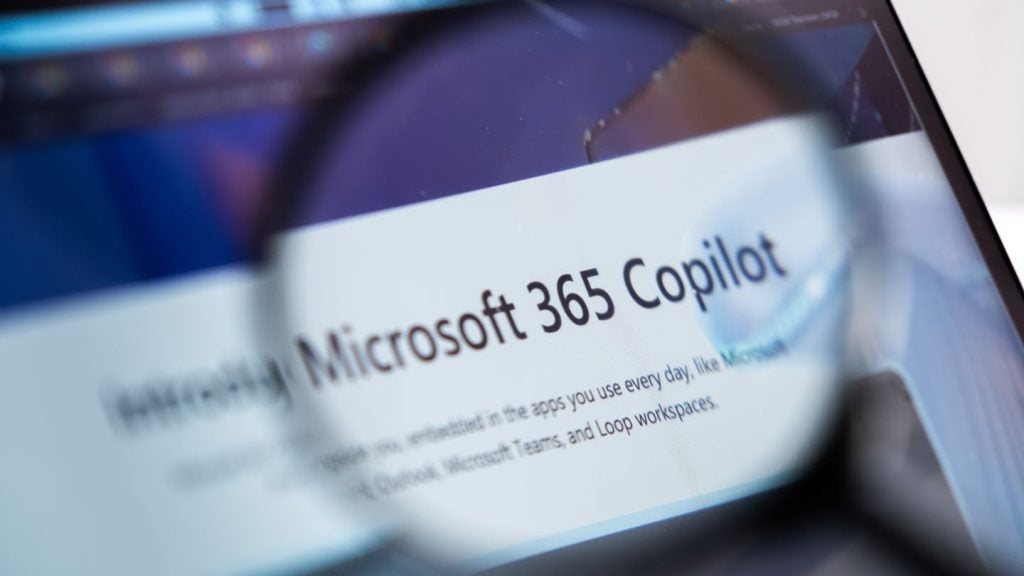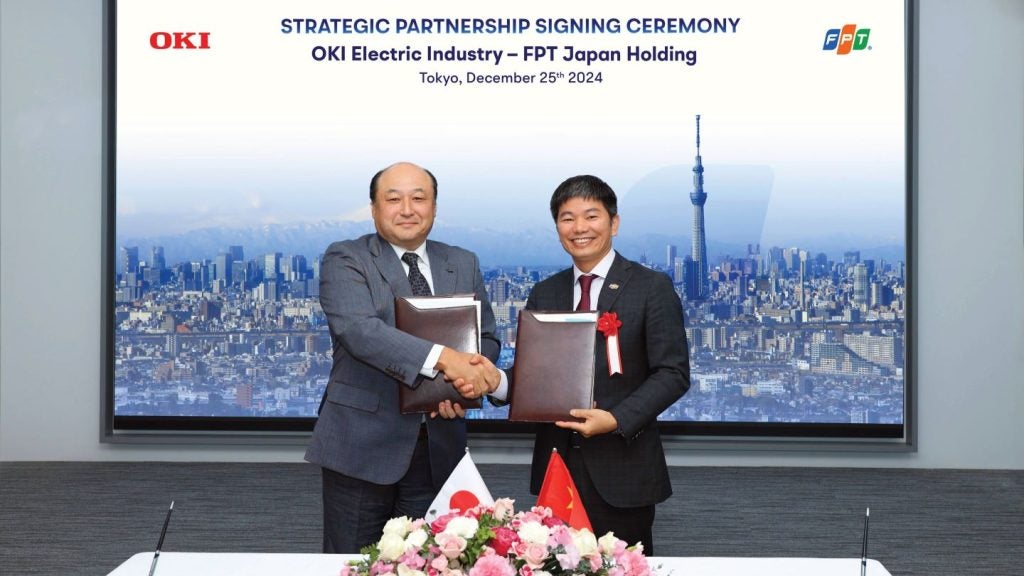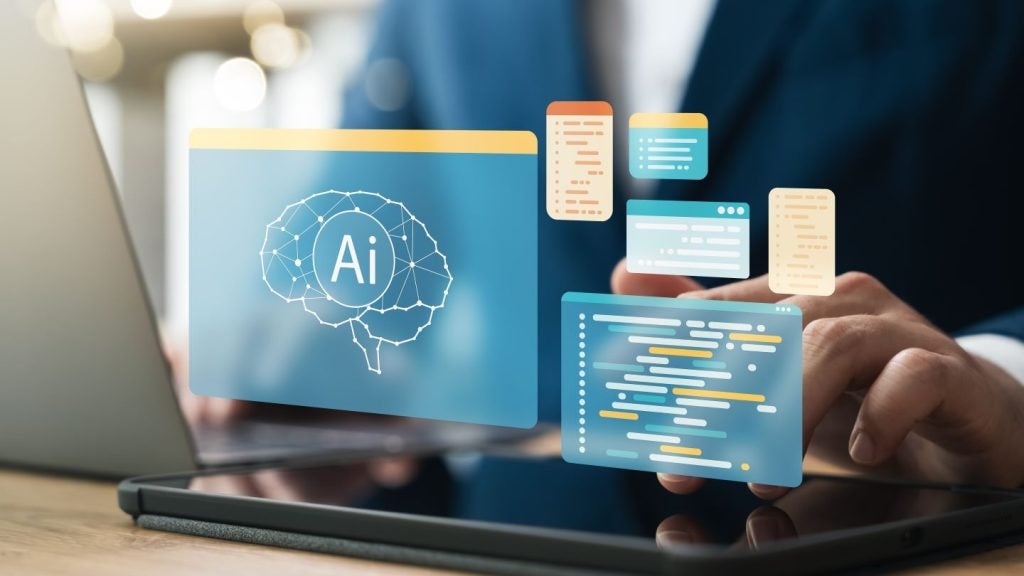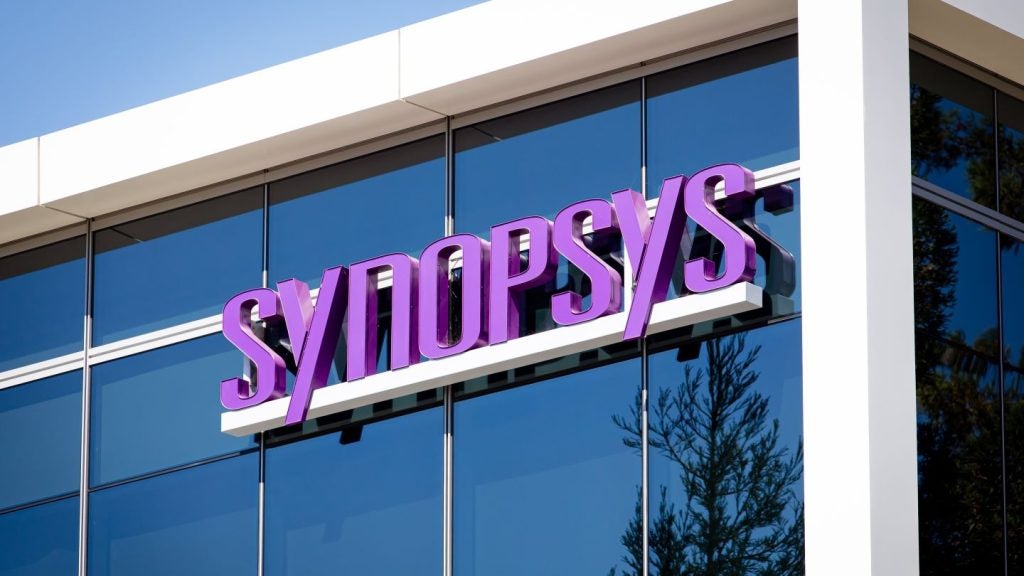Recorded Future has been granted a patent for a computer-based method and apparatus that extracts predictive information from stored electronic documents. The method involves accessing the documents, extracting the predictive information about future facts, and deriving predicted query information items based on the extracted information. The patent covers a computer-based search engine method that electronically extracts predicted search engine query information items from stored electronic documents. GlobalData’s report on Recorded Future gives a 360-degree view of the company including its patenting strategy. Buy the report here.
According to GlobalData’s company profile on Recorded Future, User behaviour analysis was a key innovation area identified from patents. Recorded Future's grant share as of September 2023 was 27%. Grant share is based on the ratio of number of grants to total number of patents.
Predictive information extraction from electronic documents for search engine
A recently granted patent (Publication Number: US11755663B2) describes a computer-based search engine method and apparatus for extracting predicted machine-readable search engine query information from a collection of stored electronic documents. The method involves electronically accessing the linguistic content of the documents and extracting predictive information about future facts occurring after the publication time of each document. The extracted information is then used to derive predicted machine-readable search engine query information items, which can be used to search stored electronic documents using a search engine.
The method includes steps such as deriving search engine queries, deriving advertising selections based on the predicted query information, deriving result pages for the queries, deriving advertising selections for the result pages, deriving keywords for queries, and deriving results for queries. Additionally, the method involves extracting a predicted likelihood of occurrence for the future facts.
The apparatus described in the patent includes a processor and a storage device with instructions configured to run on the processor. It includes an electronic interface for accessing the linguistic content of the stored electronic documents, a predictive information extraction subsystem for extracting the predictive information, and a predictive query information derivation subsystem for deriving the predicted machine-readable search engine query information items. The apparatus also includes subsystems for deriving advertising selections, result pages, and keywords based on the predicted query information.
The patent also mentions the use of an event-based query applied to the stored electronic documents, as well as accessing documents received from the internet and using derived queries to search the internet. It further mentions the ability to access documents received incrementally in real-time.
Overall, this patent describes a computer-based method and apparatus for extracting predictive information from electronic documents and using it to derive search engine query information. The method and apparatus have potential applications in various fields, including advertising and information retrieval.
To know more about GlobalData’s detailed insights on Recorded Future, buy the report here.
Data Insights
From

The gold standard of business intelligence.
Blending expert knowledge with cutting-edge technology, GlobalData’s unrivalled proprietary data will enable you to decode what’s happening in your market. You can make better informed decisions and gain a future-proof advantage over your competitors.







